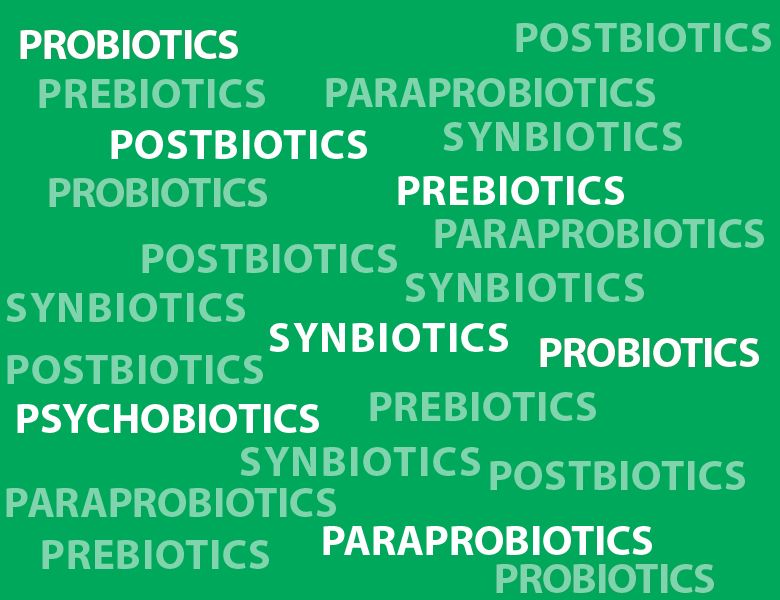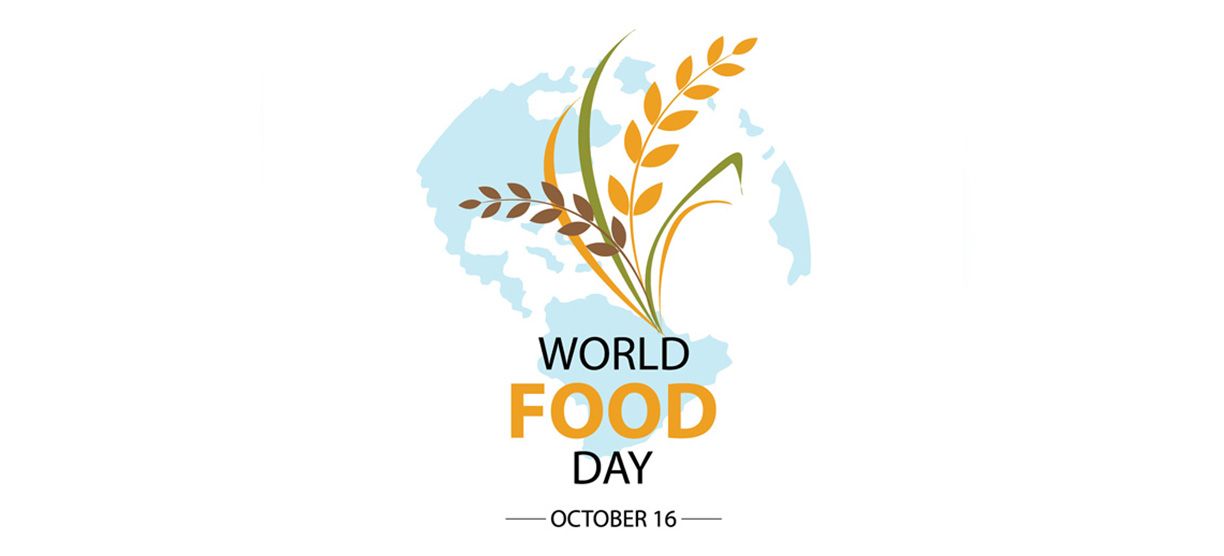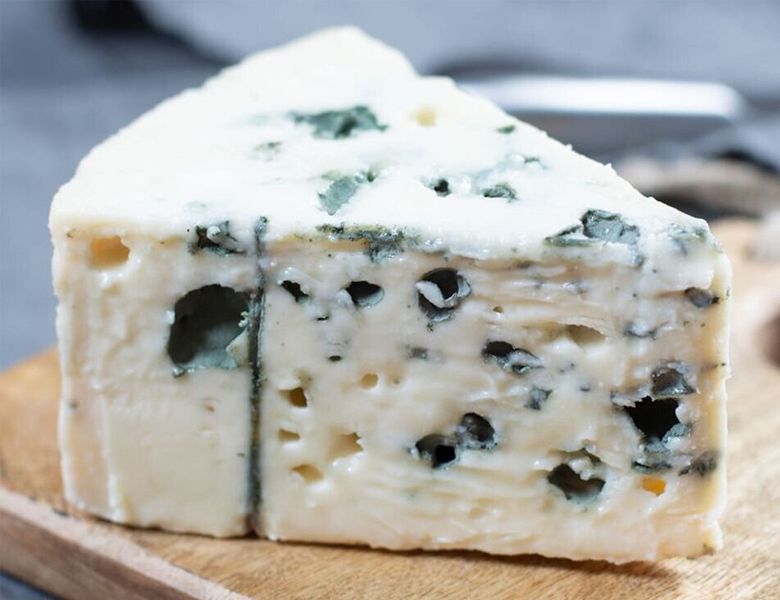Whole or skimmed milk? which is the better option

- | آتاماد |
- Viewer: 204
While many people believe that skim milk is healthier, recent research suggests that whole milk may not pose a health risk.
Milk is a source of many essential nutrients, including protein, fat, and carbohydrates, minerals (calcium, magnesium, zinc, potassium, phosphorus, iodine, and selenium), and vitamins A, B6, B12, K, and D.
Also, milk proteins, casein and whey, have a high concentration of branched chain amino acids that play an important role in muscle building. Milk also contains polyunsaturated fatty acids, which according to 2021 research help prevent inflammation and heart disease.
But one of the common concerns about milk is the saturated fat found in whole milk, thus the dietary guidelines advise people to choose fat-free or low-fat milk instead of whole milk. This concern stems from the hypothesis that saturated fat and cholesterol increase the risk of cardiovascular disease (CVD). However, more recent research questions this advice and suggests that saturated fat does not cause heart disease.
There are many endless discussions and debates about the health benefits or harms of different types of milk. The truth is that all types of cow's milk (whole milk, 1%, 2%, and fat-free) have the same nutritional value in terms of vitamins, minerals, proteins, and hormones, and the only difference is their calorie and fat content.
Whole milk
Full-fat milk or whole milk contains the highest percentage of fat among all milks and, as a result, contains more calories. Whole milk is rich in saturated fat and is unsaturated. In addition, unlike trans-fat found in processed foods, trans fat found in dairy products, such as conjugated linoleic acid (CLA), are not harmful, but also beneficial.
According to studies, contrary to what was previously thought, saturated fat consumption does not appear to be associated with heart disease, stroke, heart attack, or death from heart disease. According to the authors, more recent research has identified more complex mechanisms for cardiovascular disease (CVD) that suggest that dietary saturated fat and cholesterol have no effect. In fact, the researchers concluded that there is no evidence that high-fat dairy products increase the risk of CVD. Additionally, a 2010 meta-analysis of 21 studies found that there is no significant evidence that dietary saturated fat increases the risk of heart disease.
In addition to increasing the level of bad LDL in blood, saturated fat also increases the level of HDL. Also, the fat in milk helps the body absorb fat-soluble vitamins such as A, E, and D. Adding fat-soluble vitamins to milk helps remove the fat content and increase these nutrients. Therefore, consumption of full-fat milk cannot be definitely harmful to health.
Despite what many people think, drinking whole milk not only doesn't cause weight gain (due to the extra fat and calories), but it may actually help prevent weight gain (by increasing satiety). Drinking full-fat milk may also reduce the risk of metabolic syndrome and colon cancer. However, research in this area is still ongoing. One of the most important nutritional differences between types of milk is the amount of omega-3 in them, which has a direct relationship with the amount of milk fat. In addition, studies have shown that fresh whole milk contains higher amounts of omega-3s than whole milk with preservatives, unless the milk is fortified with omega-3.

1% And 2% Low-Fat Milk
Each cup of 1% low-fat milk has nearly 2 grams of fat and 100 calories. 2% skimmed milk also contains all the nutrients found in whole milk, like 1%, but has less fat. If you need to reduce fat intake for medical reasons without cutting it out completely, low-fat milk (1% or 2%) is the best option.
Skimmed Milk
Skimmed milk provides vitamins and minerals with very few calories. Also, skim milk is one of the richest sources of calcium and provides about 300 milligrams of the daily requirement per cup. In addition, protein in whole milk constitutes only 21% of calories, and in skim milk 40% of calories. It should only be noted that the lower the amount of fat, the less likely it is to absorb fat-soluble vitamins (A, D, E, and K). But since manufacturers add vitamins A and D to all kinds of milk, especially low-fat and fat-free milk, you should not worry about losing these nutrients by consuming them.
Bottom Line
Whole-fat milk is not as harmful as the negative connotation it has. Drinking full-fat milk has many health benefits, especially for children and teenagers. In addition, recent research shows that whole milk does not increase the risk of heart disease. Of course, there is still debate about the role of saturated fats and dietary cholesterol in cardiovascular diseases. It should be noted that people looking to limit their saturated fat intake for weight management or chronic disease risk should combine this approach with regular physical activity.
References:
- Dairy Fats and Cardiovascular Disease: Do We Really Need to be Concerned? Foods. 2018. doi: 10.3390/foods7030029.
- Enhancing Omega-3 Long-Chain Polyunsaturated Fatty Acid Content of Dairy-Derived Foods for Human Consumption. Nutrients. 2019. doi: 10.3390/nu11040743.
- Meta-analysis of prospective cohort studies evaluating the association of saturated fat with cardiovascular disease. Am J Clin Nutr. 2010. doi: 10.3945/ajcn.2009.27725.
- The Impact of Seasonality in Pasture-Based Production Systems on Milk Composition and Functionality. Foods. 2021. doi: 10.3390/foods10030607.
GET IN TOUCH
Copyright © 2023 Atamad.com All right reserved
Website design and SEO services by Seohama team – Web hosting by Sarverhama
Copyright © 2023 Atamad.com All right reserved
Website design and SEO services by Seohama team – Web hosting by Sarverhama








